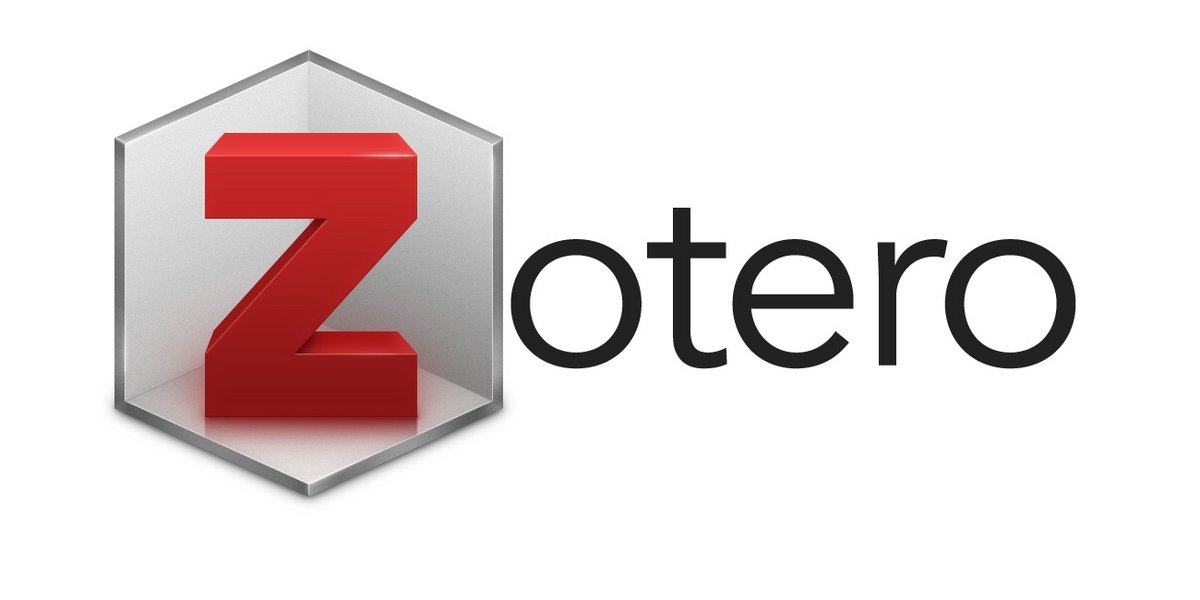Kelayakan Lembar Kerja Peserta Didik Berbasis Model Pembelajaran Search, Solve, Create and Share pada Praktikum Materi Fungi
The Feasibility of Students' Worksheet on the basis of Search, Solve, Create and Share Model in the Fungi Material Practicum
DOI:
https://doi.org/10.22437/bio.v6i2.9255Abstract
This research is motivated by the lack of suitability of the Student Worksheet practicum on Fungi material that requires scientific thinking skills and students' scientific attitudes. Making Student Worksheet based on SSCS (Search, Solve, Create and Share) Learning Model so that when students practice is more directed. This research uses a quantitative descriptive method for feasibility assessment based on Rxpert review (includes three validators of teaching materials, three validators of the material and two teachers) using a questionnaire. Data analysis refers to the modification of the Azwar score range of 1-5 with the interpretation of feasibility (very inadequate, inadequate, feasibility enough, feasibility and very feasibility). The results showed that the assessment of the feasibility of Student Worksheet based on the evaluation of the teaching material validator was 94.67 (feasibility), the assessment of the material validator was 77 (feasibility) and the assessment of the teacher was 91 (very feasibility). Although it has been declared feasibility and very feasibility, there are revisions to the image that need to be clarified again.
Downloads
Downloads
Published
Versions
- 2020-06-03 (1)
- 2020-06-03 (1)
How to Cite
Issue
Section
License
Copyright Notice
Authors who publish with Biodik : Jurnal Ilmiah Pendidikan Biologi agree to the following terms:
- For all articles published in Biodik : Jurnal Ilmiah Pendidikan Biologi, copyright is retained by the authors and grant the journal right of first publication with the work simultaneously licensed under a Creative Commons Attribution-ShareAlike 4.0 International Licensethat allows others to share the work with an acknowledgment of the work's authorship and initial publication in this journal.
- Authors are able to enter into separate, additional contractual arrangements for the non-exclusive distribution of the journal's published version of the work (e.g., post it to an institutional repository or publish it in a book), with an acknowledgment of its initial publication in this journal.
- Authors are permitted and encouraged to post their work online (e.g., in institutional repositories or on their website) prior to and during the submission process, as it can lead to productive exchanges, as well as earlier and greater citation of published work (See The Effect of Open Access).

















